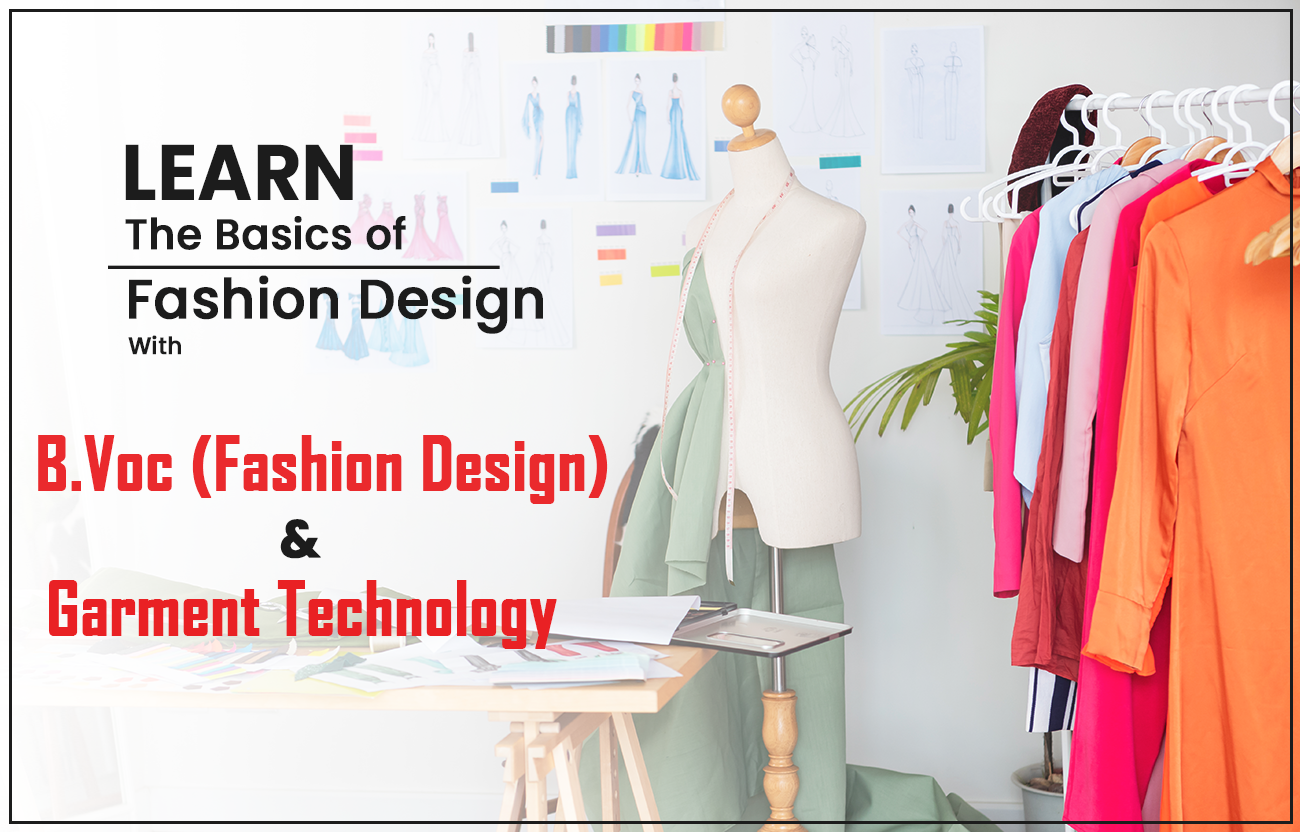The course typically spans three to four years, depending on the university or institution offering it. It is divided into several semesters, each comprising theoretical knowledge, practical training, and project work. Some common subjects covered in the course include:
Practical training and industry exposure play a crucial role in this course. Students often undertake internships with renowned fashion houses, garment manufacturers, or retail companies. This hands-on experience allows them to understand real-world challenges and opportunities in the fashion industry and develop a professional network.
Career Prospects
Graduates of the B. Vocational course in Fashion Design and Garment Technology have a wide range of career options available to them. Some potential career paths include:
- Fashion Designer: Creating unique and stylish clothing lines for brands or establishing their own label.
- Pattern Maker: Developing patterns and templates for garment production.
- Garment Technologist: Ensuring the technical aspects of garment construction and quality control.
- Fashion Illustrator: Creating visual representations of fashion designs for presentations and publications.
- Fashion Merchandiser: Analyzing market trends, managing inventory, and promoting fashion products.
- Fashion Retail Manager: Overseeing the operations of retail stores and managing customer experiences.
Conclusion
The B. Vocational course in Fashion Design and Garment Technology offers a comprehensive and practical approach to the world of fashion. By combining creative design skills with technical expertise, graduates are well-prepared to pursue successful careers in the ever-evolving and exciting fashion industry. Whether working with established fashion houses or launching their own ventures, these professionals contribute significantly to the global fashion landscape.


